Although I am a Christian Orthodox I’ve always wondered why there is an Easter Bunny, what’s its secret, what story brought the hare among the other beautiful and meaningful Paschal symbols such as the Easter Eggs, the lamb, or the lily flower.
This year Orthodox Easter will be celebrated on Sunday, May the 5th and I look forward to coloring Easter eggs with their ancient symbology (this year we’ll try all natural dyes), cooking delicious Romanian lamb-terrine called drob, assisting my husband in baking delicious cozonac, and mostly celebrating the holy fire of Easter, in my heart. There was no Easter Bunny when I grew up in Romania.
But first, the question I’m asked each year, why do Orthodox people celebrate Easter on a different day than the Roman Catholics, Protestants and Anglicans do?
Why do Western and Eastern Christian churches celebrate Easter on different days?
The main reason why Western and Eastern Christian Churches celebrate Easter on different days is because they follow different calendars to calculate the date of Easter.
Western Christian Churches, including Roman Catholic and Protestant denominations, use the Gregorian calendar to determine the date of Easter. This calendar was introduced by Pope Gregory XIII in 1582 to reform the older Julian calendar and better align with the solar year. As a result, Western Easter usually falls between 22 March and 25 April.
Eastern Christian Churches, such as the Eastern Orthodox Church, use the Julian calendar to calculate the date of Easter. The Julian calendar, created by Julius Caesar in 45 BCE, is slightly different from the Gregorian calendar in its calculation of leap years. As a result, Eastern Easter typically falls one to five weeks after Western Easter.
The difference in calendar systems and the method of calculating leap years leads to the discrepancy in the dates of Easter between Western and Eastern Christian Churches.
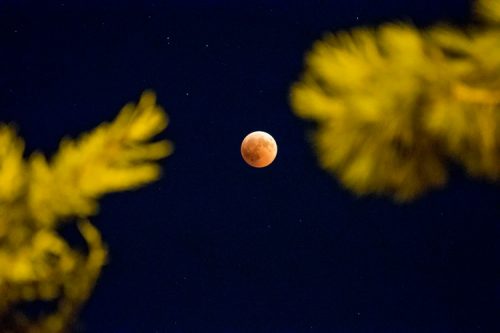
The Full Moon that determines Easter
Easter is meant to fall on the first Sunday after the full Moon that occurs on or after the spring equinox. If the full Moon falls on a Sunday then Easter is the next Sunday.
But this is the ecclesiastical full moon, which is based on ancient ecclesiastical tables and not the actual astronomical full moon. This method was established at the First Council of Nicaea (now İznik, in the province of Bursa, Turkey) in 325 AD. Under the Nicaean rule, Easter is celebrated on the first Sunday following the fourteenth day of a particular new moon — the one that begins on or after the vernal equinox.
Easter was a significant event in the church calendar during the Council of Nicaea, attracting thousands of Christians to Jerusalem and other holy sites to commemorate the Resurrection. To ensure that these pilgrims had enough light during their nocturnal journeys, the council enacted a rule that linked Easter to the presence of a full moon as a beacon.
This method of calculating Easter is used by both Western and Eastern Christian Churches, although they use different calendars, resulting in different dates for Easter.
What is the secret of the Easter Bunny?
The secret legend of the Easter Rabbit appears to be an ancient tale, but it was the Enlightenment period that saw the rise of rabbits bounding through meadows while laying vividly painted eggs. But why has the hare emerged from the clover patch at this moment? Or has he?
A Pagan Spring Celebration
During the Easter season, a pagan Spring celebration honors ancient origins that predate the time of Christ. Originally, the Easter holiday celebrated a pagan festival of rejuvenation and regeneration. It was celebrated in early spring to honor the Celtic pagan deity of fertility and spring, known as ‘Ostara,’ ‘Eastre,’ or ‘Eostre.’
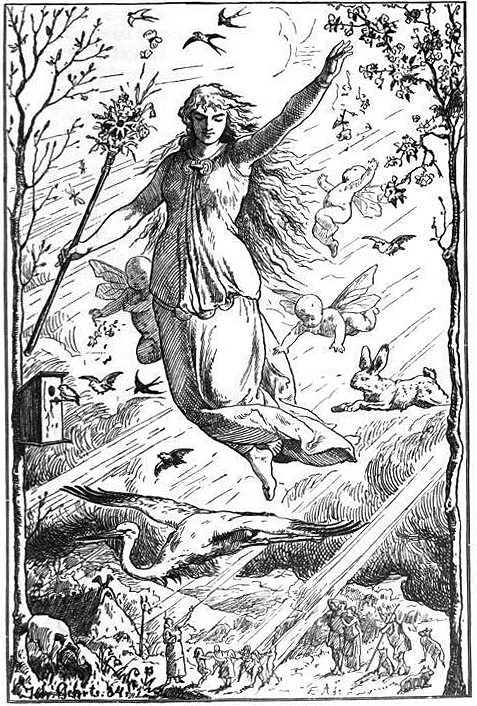
But there is more to the secret powers the hare has held over humankind over the centuries.
During the Neolithic period in Europe, rabbits were ceremonially buried alongside humans. In the classical Greek custom, hares held sacred status to Aphrodite, the goddess of love.
Hares are portrayed as canny tricksters in the African myths:
'Run, Hare,' said #Moon.'Tell people that as I die, I am renewed and so shall they.'
— 💙💛Patricia Furstenberg, Author 🏰🌲💙 (@PatFurstenberg) June 25, 2020
But Hare deceived man: 'As I die and perish, so shall you,' he passed the message.
The Namaqua (Khoisan) people do not eat #hare, afraid they will become deceitful too. #folklorethursday #Africa pic.twitter.com/XsO4zrd6yC
In 51 B.C.E., Julius Caesar observed that hares were not consumed in Britain due to their religious significance. A team of researchers discovered meticulously buried chicken and hare bones from the Iron Age, with no signs of slaughter.
A rather long and interesting journey that this long eared mythical figure has taken from European prehistory to today, don’t you think?

The Reformation, the Protestant Church and the Easter Bunny
Prior to the Protestant Reformation, authority in the West was concentrated within the Catholic Church with the Pope regarded as essentially the Emperor of the Western World, whereas Kings were seeing as leaders of individual states.
During the European Renaissance of the 1500s, the Protestant Reformation and the Enlightenment advanced the radical idea that ordinary people could reason and make decisions that shaped their destinies. This heralded a new era in which individual futures were full of possibilities and not predetermined. Serfs were no longer bound to the land and governed by the dictates of the church or monarchy. The centuries-old grip of fate and tradition was broken, allowing people to strive for betterment in their earthly lives without fear of divine punishment for questioning authority.
The Protestant Reformation began in 1517, led by Martin Luther. Luther’s departure from the Roman Catholic Church coincided with the development of the printing press. His goal, among others, was to use printing presses to distribute the Bible to every Christian, ensuring that, as he stated, even ordinary people would have a better understanding of Holy Scripture than clergy. Luther’s translation of the Bible into vernacular languages made it more accessible.
Protestants reject the Catholic doctrine of papal supremacy.
Catholics abstain from eating eggs during Lent, so there were plenty of eggs in the henhouse on Easter. Protestants condemned the fasting tradition, which they saw as being enforced by the pontiff. However, the rejection of fasting did not extend to Easter, which they also celebrated with dyed eggs. In order to explain the abundance of eggs (had boiled and kept throughout Lent) during Easter to their children, Protestants simply attributed it to rabbits, which are known for their fertility. Eggs were viewed as a symbol of renewal, and thus represented Christ’s resurrection.
During the 1700s, the Age of Enlightenment, attracted by the prospect o wealth and religious tolerance, a large number of Germans emigrated to North America, Pennsylvania, bringing the tradition of the Easter Bunny along. Later, during the middle 1800s, more than a million Germans fled to the United States to escape economic hardship.
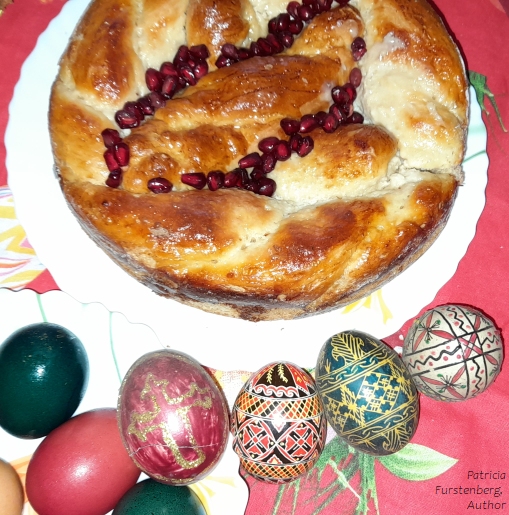
What is the origin of the word Easter?
Etymologically speaking Easter derives from Old English ēastre and German Ostern, East, related to the meaning of dawn. The specific time of day the church celebrated the resurrection of Christ. During this specific church service new church members were also baptized, water holding a special significance at Easter time.
Other languages derive the name from Pesach, the Hebrew name for Passover. In Romanin is called Paște, in Greek Paskha, in Italian Pasqua, in French it is Pâques, and Paaske is Danish Easter.

Water and Fire as symbols of Easter
The baptismal water is believed to be blessed and to hold healing powers.
While the flame for the Easter candle is kindled from a fire believed to originate from Jerusalem, symbolizing the resurrection of Christ whose “light dispels the shadows from the soul.” In the Greek-Orthodox belief the Patriarch enters the Church of the Nativity in Jerusalem with an oil lamp. A holy fire is believed to come down from heaven, igniting the oil lamp. This sacred flame is sent to the four corners of the world, to each Orthodox Church and congregations, so the believers can light their own candles from it and bring the blessed light of Christ’s resurrection in their homes. A ritual symbolizing hope before the resurrection of Christ.
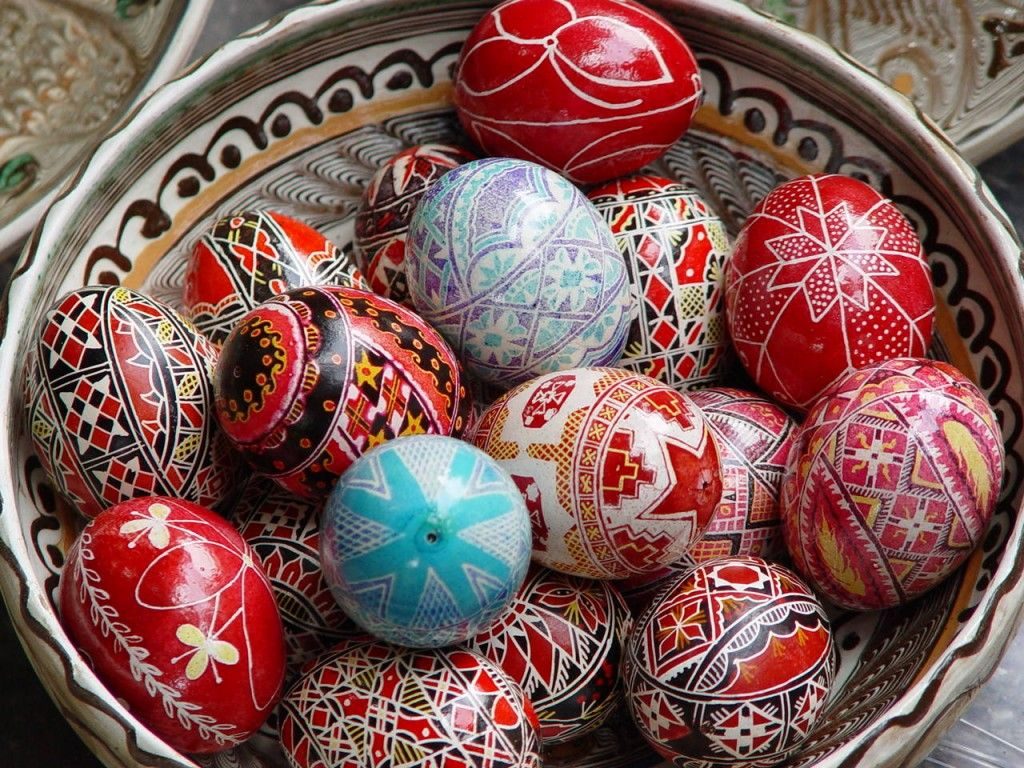
Coloring Easter Eggs
Although forbidden food during Lent, eggs were boiled and kept for Easter time when they were brought to the church to be blessed with holy water. To mark the blessed eggs, these wold have been painted.
Another explanation behind this tradition suggests that eggs, prohibited during Lent, prompted people to paint and adorn them to signify the conclusion of the period of penance and abstinence. Subsequently, they would consume these eggs on Easter as part of the festivities.
But for everyone celebrating Easter the eggs were seen as a symbol of new life, a symbol of the resurrection of Christ.
The Lamb as a Symbol of Easter
Lamb is an important traditional Easter dish. Christians identify Jesus as the “Lamb of God” and the consumption of lamb during Easter dates back to early Passover observances.
According to the Exodus story, the Egyptians were subjected to a series of calamitous plagues, the last of which killed all firstborn sons. To protect their homes the Israelites marked their doorposts with the blood of sacrificed lambs causing God to “pass over” them. Those from Jewish backgrounds who converted to Christianity continued to consume lamb at Easter.
Historically, lamb would have been one of the first fresh meats available after a long winter with no livestock for slaughter.
The Easter White Lily
White lily is believed to be the first flower to ever be cultivated by humans and is associated with purity, light and Saint Mary. Iconography shows Virgin Mary, Archangel Gabriel and Saint Joseph holding a white lily.
White lily is believed to be the first flower to ever be cultivated by humans and is associated with purity, light and Saint Mary.
— 💙💛Patricia Furstenberg, Author 🏰🌲💙 (@PatFurstenberg) April 9, 2020
Iconography shows Virgin Mary, Archangel Gabriel and Saint Joseph holding a white lily.https://t.co/NlOK2s7XK0
#FolkloreThursday pic.twitter.com/L74wGjmeBV
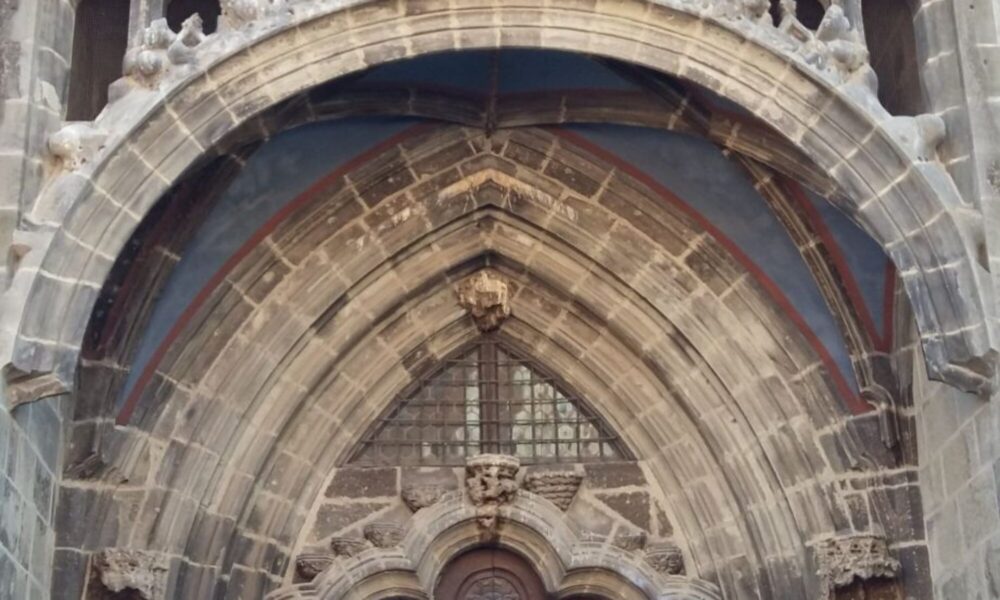

Thank you. That was a lot of interesting information I did not know before. By the way, Easter in Swedish is called Påsk, similar to the Danish Paask you mentioned.
I’m glad you found my story useful, Thomas. And I’m happy I learned something new in return. Thank you.
HI Patricia, this is a very interesting post. I did know a bit about the Orthodox faiths compared to Catholicism, but you have certainly shared more.
🙂
So many interesting facts about Easter I didn’t know about! Thank you so much for sharing, Patricia.